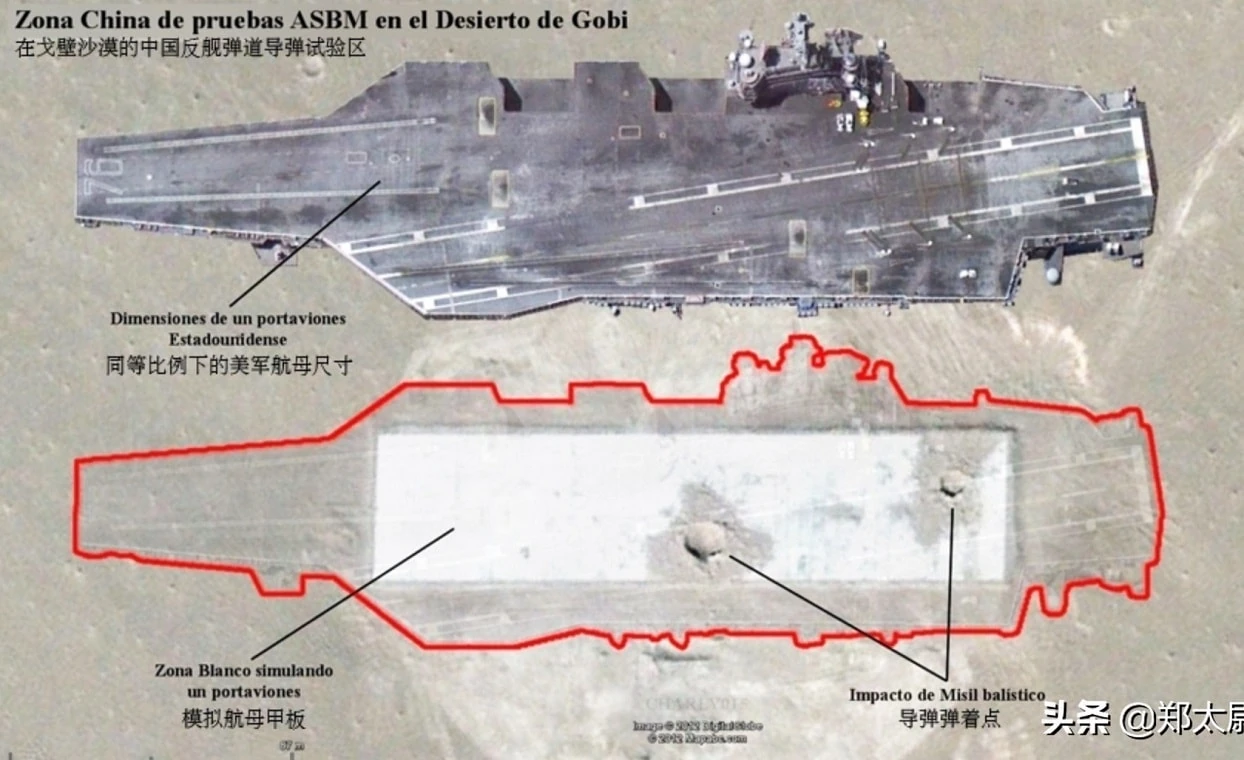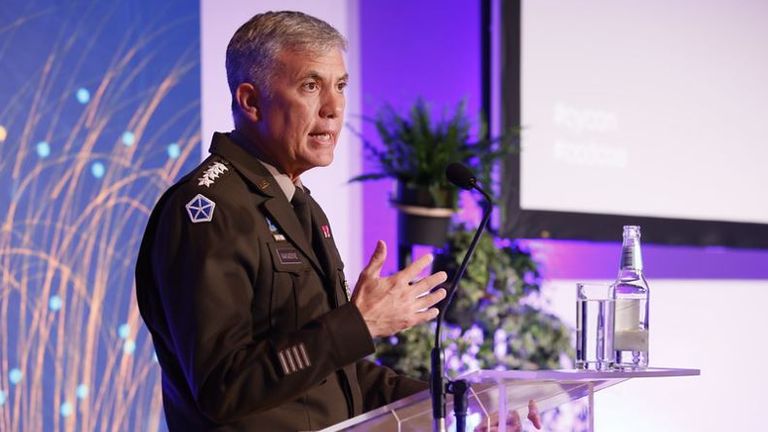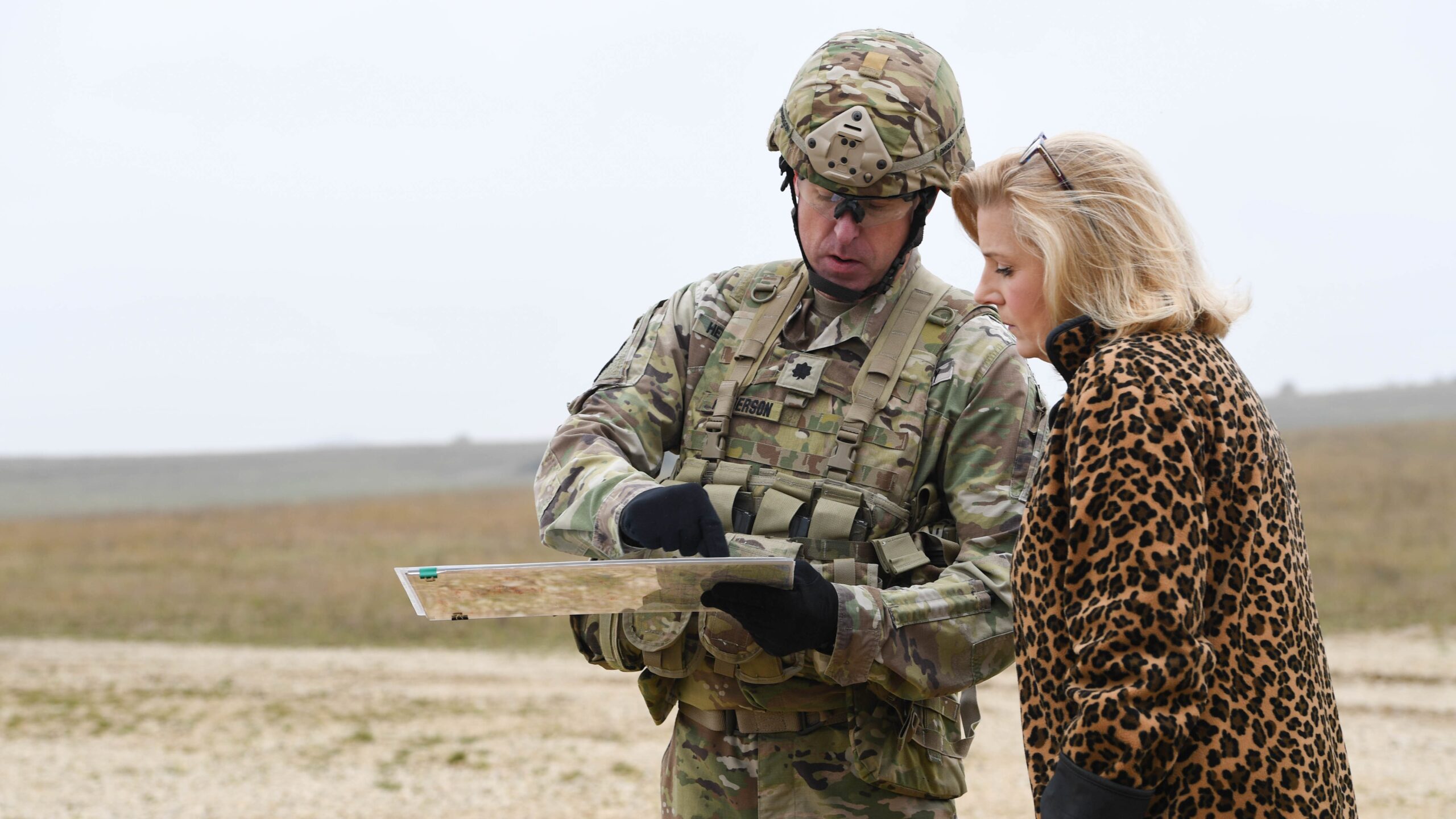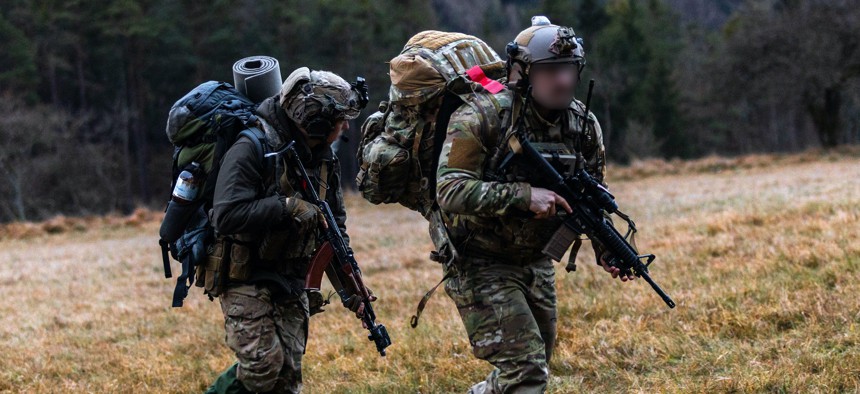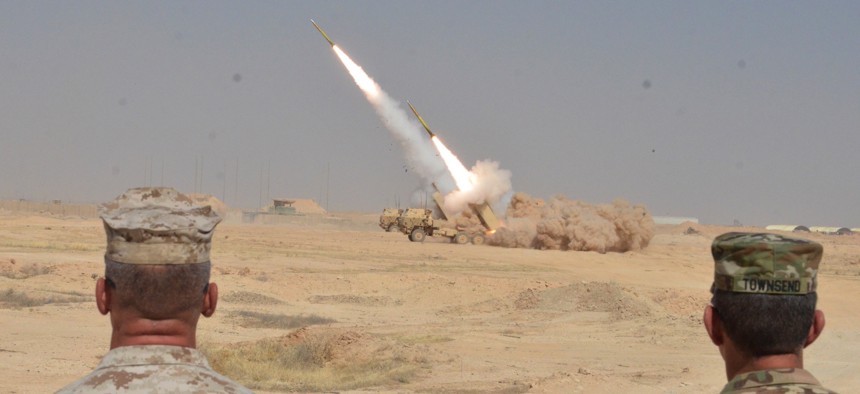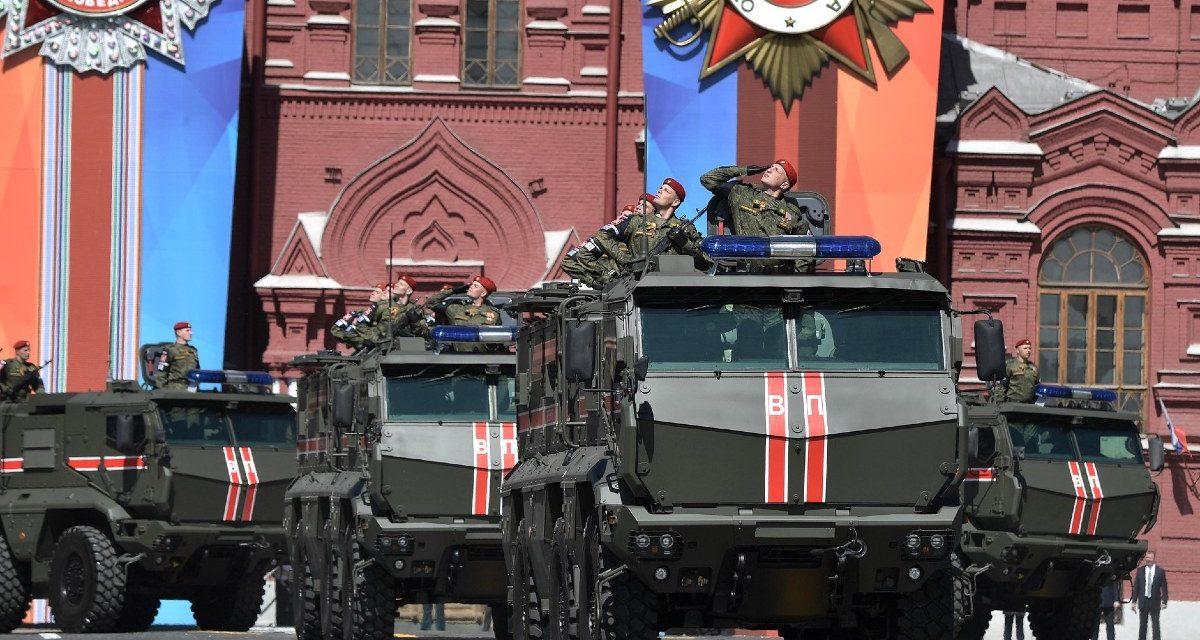Kris Osborn
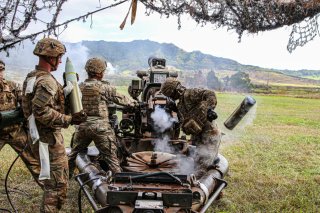
For years, enemy armored vehicles, troop formations, and weapons systems have been deliberately hidden for the specific purpose of eluding U.S. Army precision-guided weapons such as GPS-guided Excalibur artillery rounds.
A proven success since it was first used in Iraq in 2007, Excalibur has been used to pinpoint enemy targets to within one meter from thirty kilometers away, something that changed the paradigm for ground warfare. Enemies have now learned of this capability and have taken decided measures to counter precision strikes. Hiding in areas obscured by terrain can make it extremely difficult for Excalibur rounds to attack and destroy certain enemy targets, as the GPS-guided rounds typically follow a parabola-like trajectory and descend upon fixed targets.


